Imagine being able to see a life-size kangaroo in your room or even changing your surroundings into a spaceship. Might sound like fantasy, but it is what we can do with Extended Reality technologies today. And here's an explainer on what it really is and how we use it today.

Extednded Reality is actually a general term for virtual, augmented, and mixed realities. And they are all simply immersive digital experiences. But what do each of them mean, and how do they differ?
You see, virtual reality (VR) basically puts you in a simulated environment that takes you from your surroundings. And the most common way is through headsets. To interact in virtual reality, a controller is typically used. It is popular in gaming, and the Meta Quest 2 is a very good example.
Unlike VR, augmented reality (AR) rather overlays digital elements onto the real world. It's like adding another layer to reality. It is how you can view the life-size form of a kangaroo relative to your environment or even try out new furniture using an app before buying.
Snapchat is an everyday example of how AR technology is used. When you use those filters—like a dog's ears or glasses—over your face in real time, that's actually AR in action. Another way to use AR is in Google Maps, where you can see directions overlayed onto your surroundings through your phone's camera.
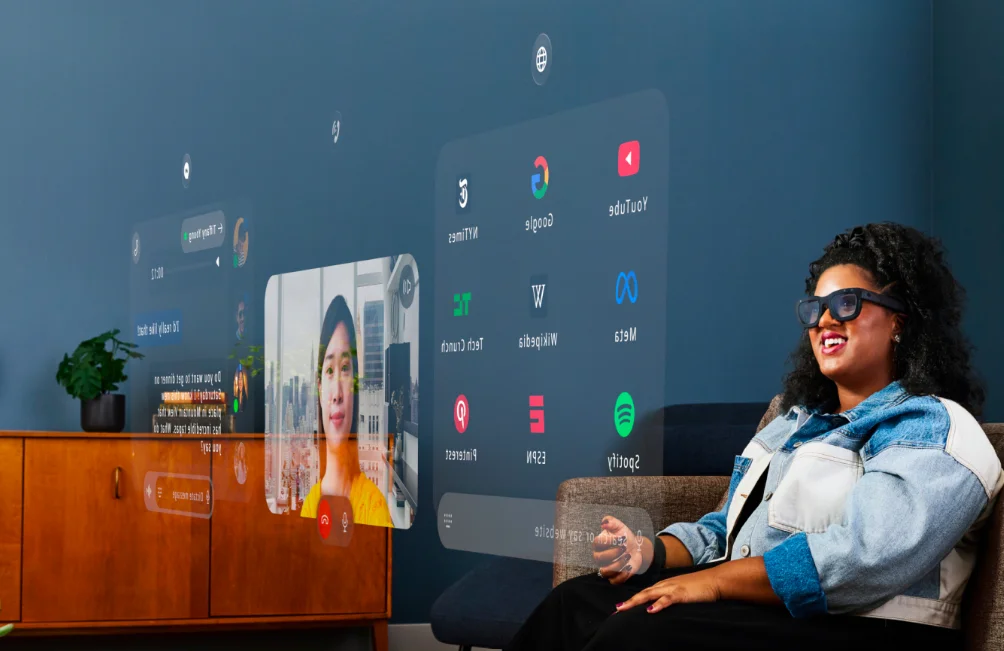
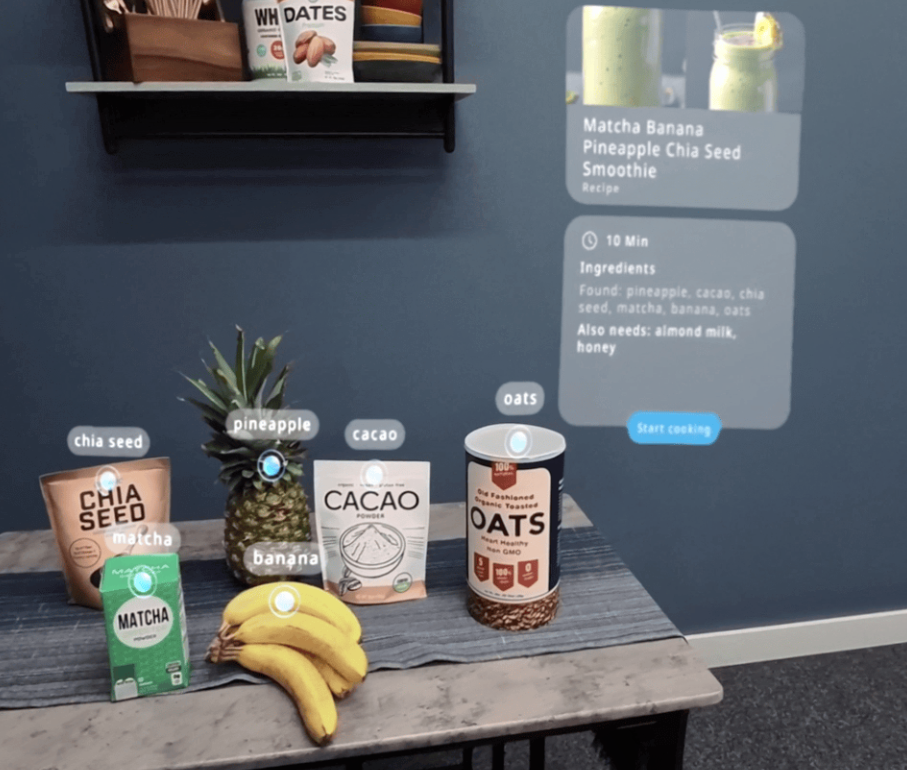
Orion, Meta's AR first augmented reality glasses, is another device that lays digital elements on to physical things. It has been used to make a smoothie recipe with the ingredients it "saw" on the table.
Mixed Reality (MR) is another level of AR where you can interact with the digital elements on your layered physical environments in real time. So instead of only seeing virtual screens hover in your room, you can touch them mid-air as though they were actually there. The popular Apple Vision Pro is a great example of a device that provides mixed reality experiences to its users.

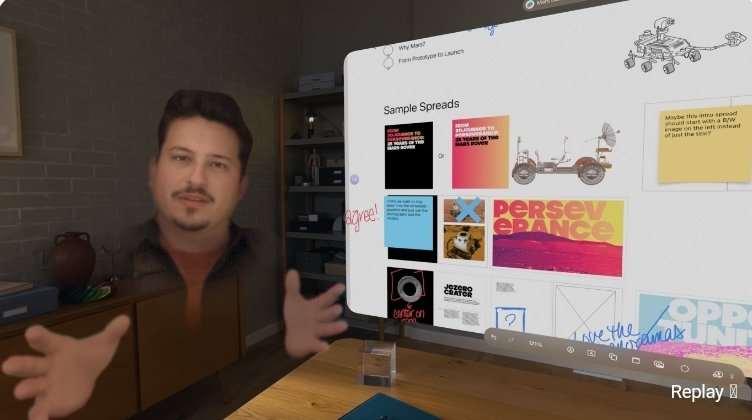
With mixed reality, people can have virtual workspaces, better understand and interact with objects in their environments, and even have shared immersive experiences with other people. Beyond entertainment, it has use cases in healthcare education, architecture and design, and 3D modelling.
So the main difference between VR, AR, and MR is the relationship between the digital world and the physical and how a user interacts in them. Since they are simply layers, they're all referred to as extended reality. And is at the forefront of how we interact with the world and ourselves. The way we work, learn, and even entertain ourselves takes a new shape with immersive experiences.
A feature that would be great to have with extended reality is accurate haptic feedback. Being able to feel a response with respect with how you interact with the digital elements somehow a provide a sense of feeling of truly interacting with something.
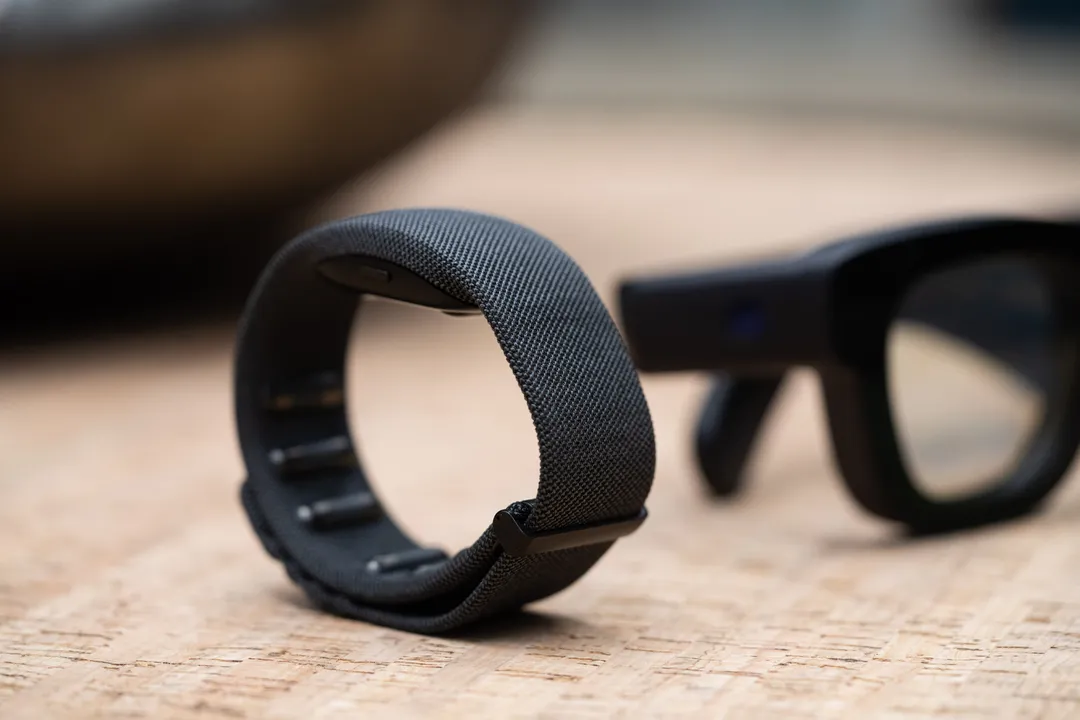 | 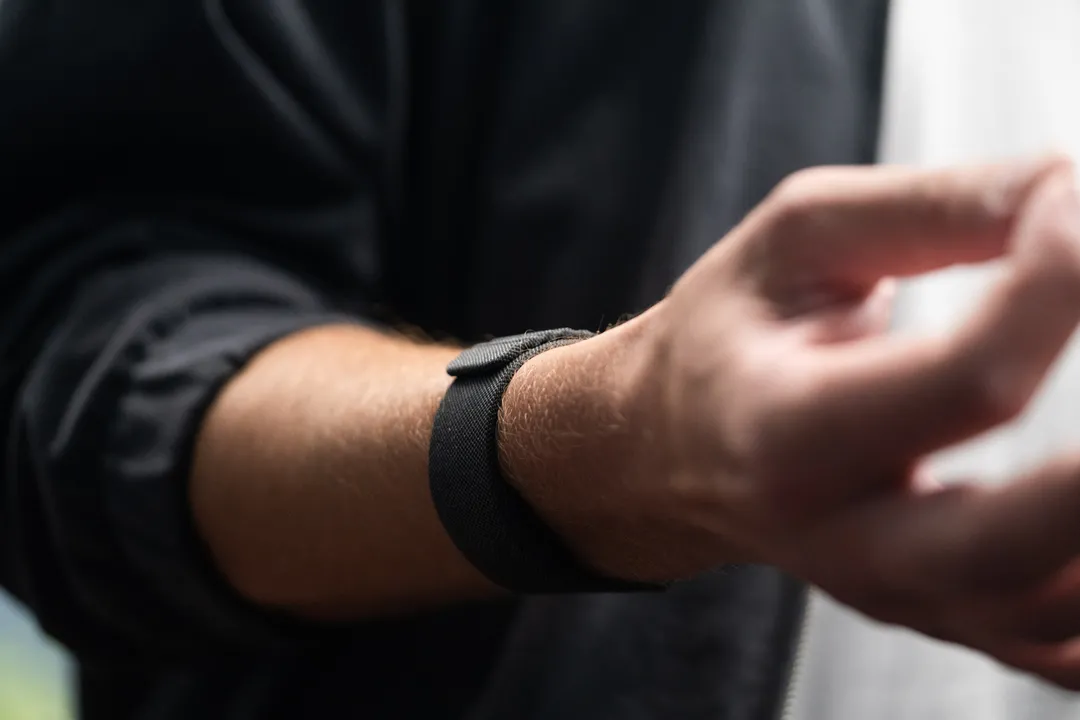 |
Meta, with Orion, have something they call a neural wristband. The wristband is for gesture controls from the fingers, using electromyography to interpret neural signals from the hand, and provides haptic feedback to help the user confirm input. We can only expect a similar thing in the future with these technologies.
The question now is, would you like extended reality to become a part of your daily life?
Posted Using InLeo Alpha